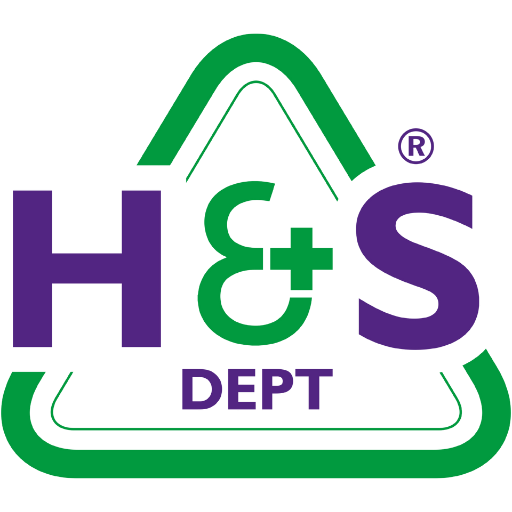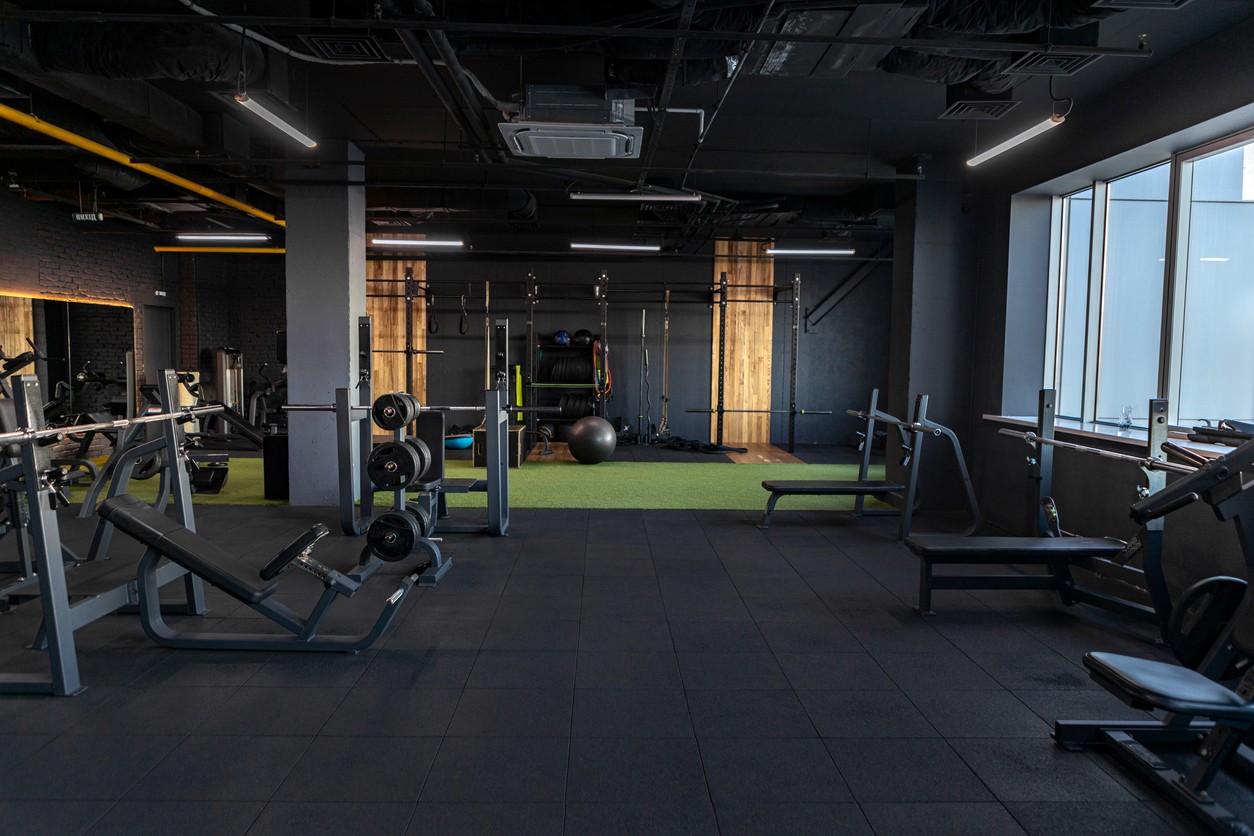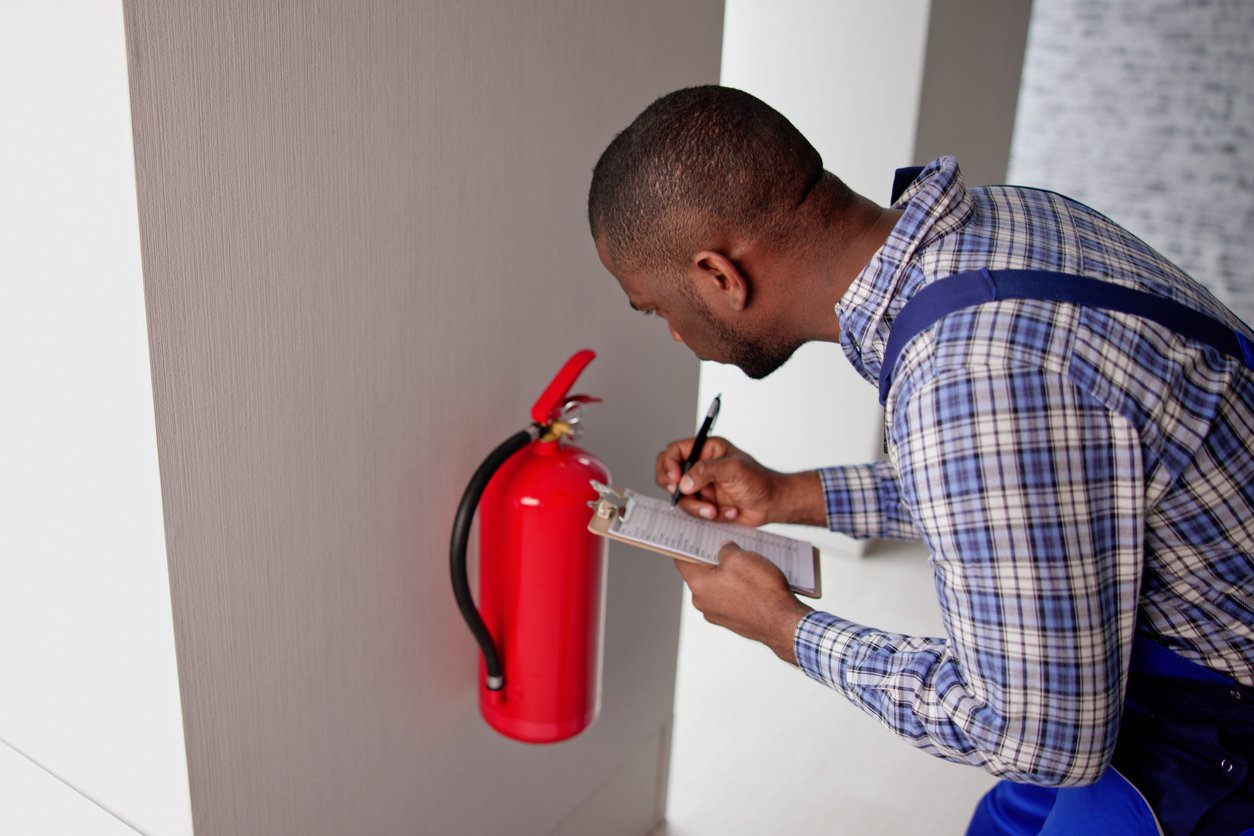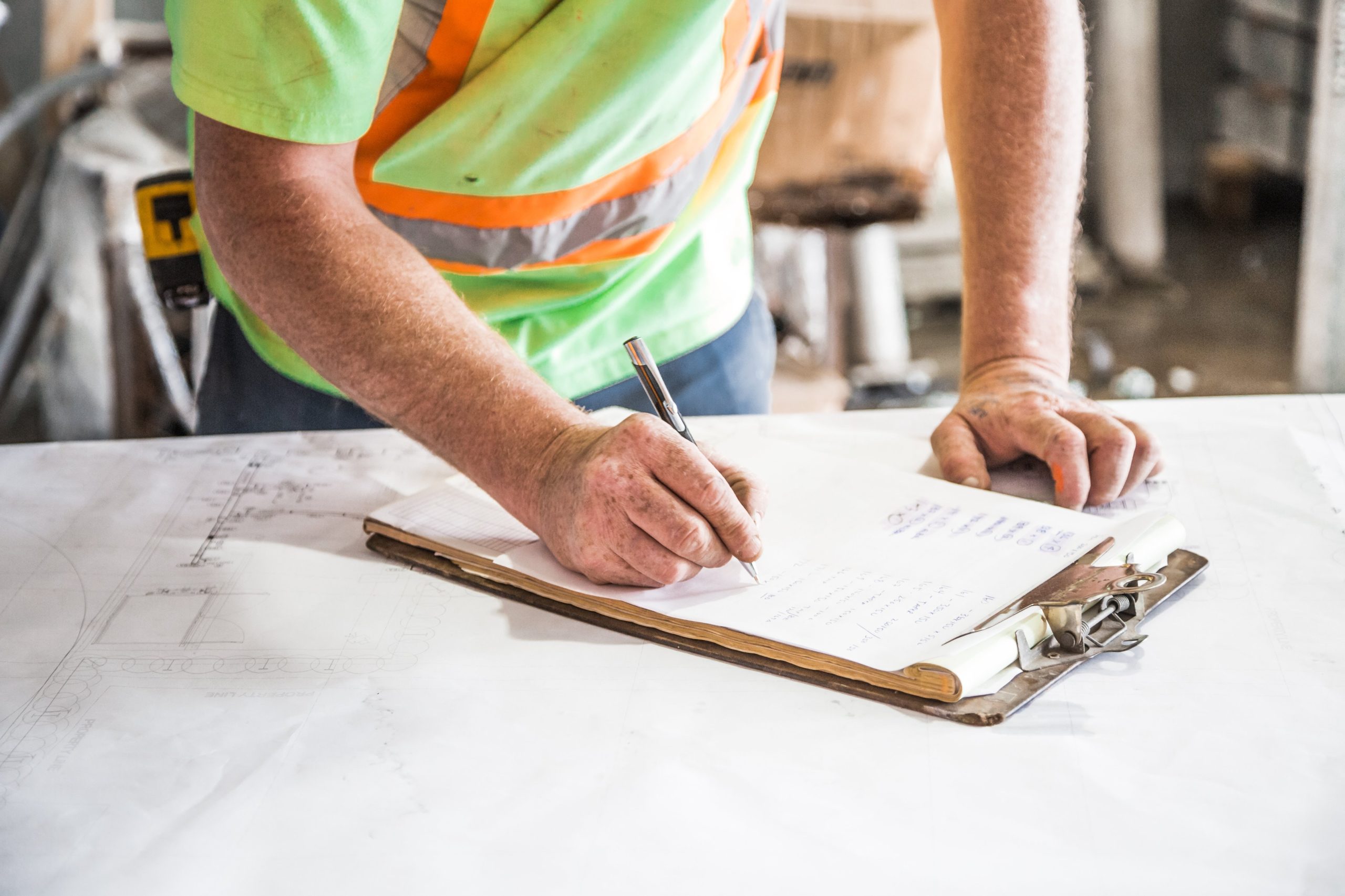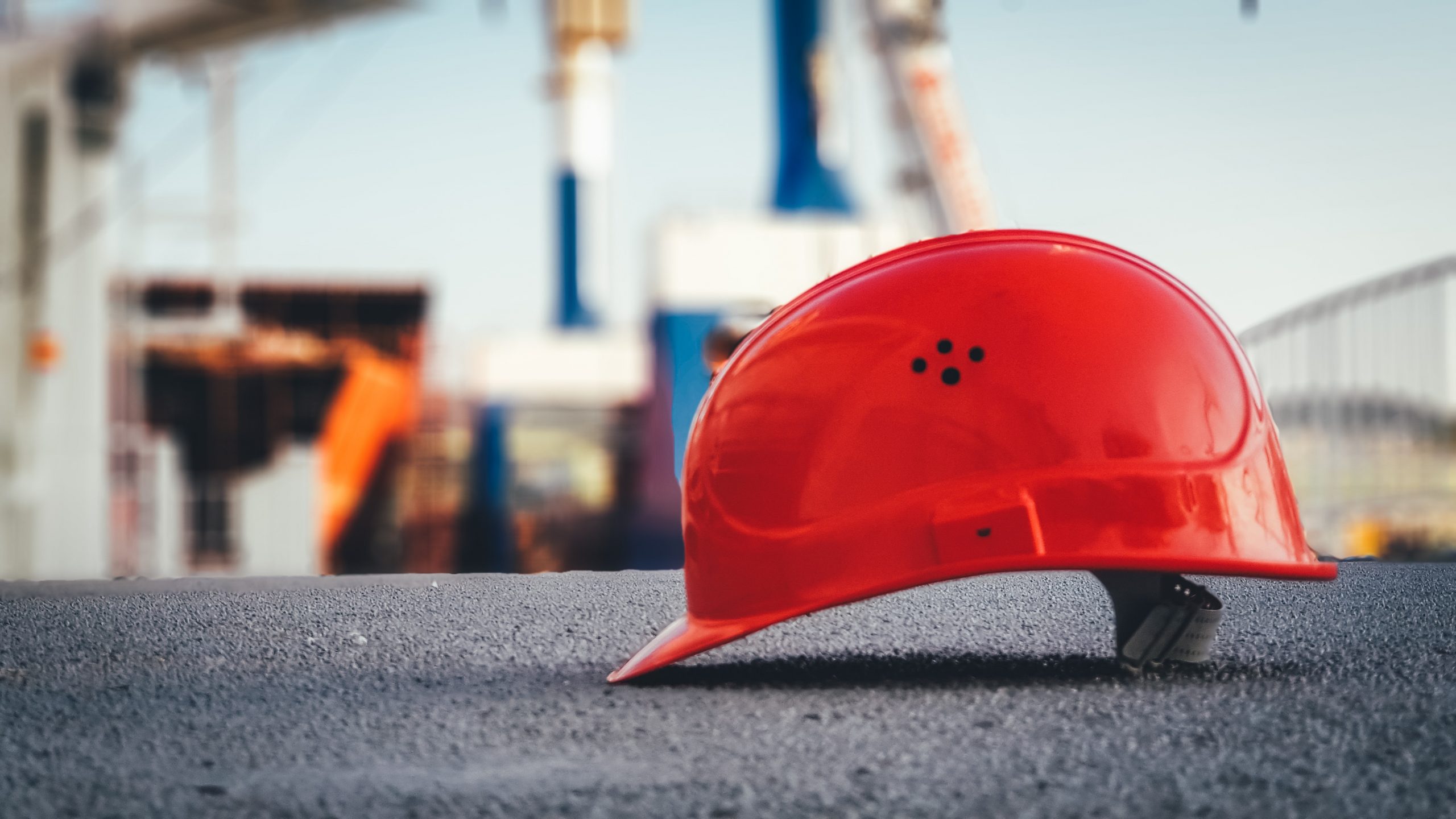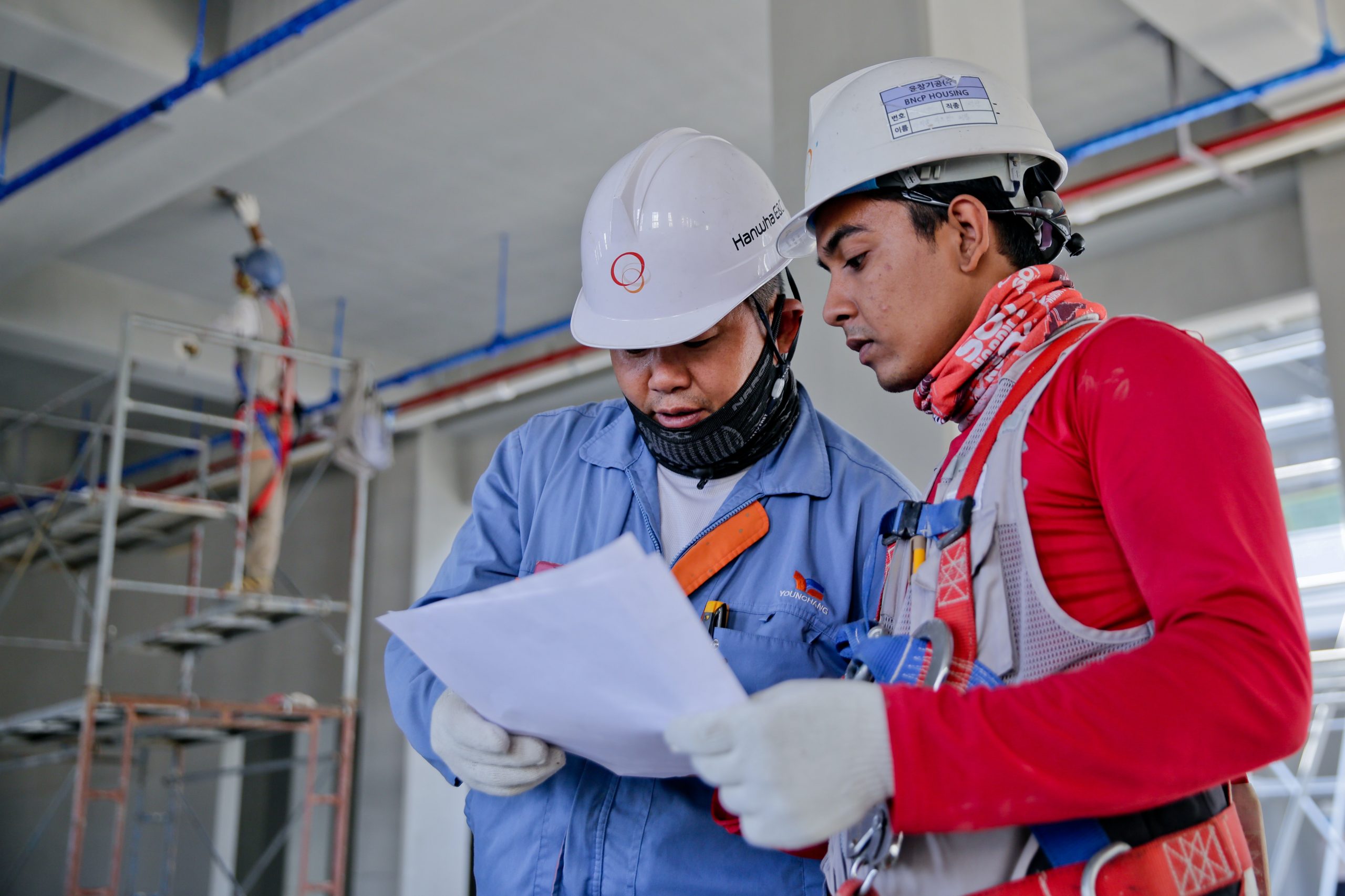When you think of workplace hazards, it’s easy to picture the obvious risks: heavy machinery, chemical exposure, or working at height. But in many UK businesses, the greatest threats to staff safety and wellbeing aren’t always the ones you can see right away. Subtle issues like poor lighting, excessive noise, or outdated policies can be just as damaging, slowly eroding employee health and productivity.
Overlooked hazards tend to creep into daily routines, becoming “normal” until they cause an accident or illness. That’s why it’s so important to understand what these risks look like, how to recognise them, and what steps you can take to protect your team.
The Hidden Dangers in Everyday Workplaces
One of the most common hazards that often slips under the radar is poor lighting. It may not sound serious, but inadequate or inconsistent lighting strains the eyes, reduces concentration, and increases the likelihood of slips, trips, and mistakes. Over time, this contributes to fatigue and can even lead to long-term vision issues.
Another silent risk is noise. In busy offices, workshops, or healthcare settings, constant exposure to high noise levels chips away at hearing health. Because hearing loss develops gradually, it’s easy to dismiss noise as “part of the job” until the damage is permanent.
Ergonomic issues are another frequent culprit. Poorly designed workstations, uncomfortable chairs, or repetitive tasks might not cause immediate harm, but they can result in musculoskeletal disorders, repetitive strain injuries, and chronic pain. These conditions affect both physical health and job performance, often leading to absenteeism and costly long-term sickness.
It’s not only physical hazards that are overlooked. Stress and fatigue remain a huge factor in workplace accidents. Long hours, unrealistic workloads, or a lack of support create mental strain that reduces focus and increases the risk of mistakes. Likewise, distractions – whether from mobile phones, cluttered environments, or poorly designed workflows – can compromise safety in subtle but serious ways.
Even fire safety oversights can fall into this category. Something as simple as propping open a fire door for convenience can undo all your other safety measures, turning a small hazard into a life-threatening one. And while policies and procedures may be in place, if they’re out of date or not communicated properly, they can give a false sense of security rather than true protection.
Why These Risks Matter
Hidden hazards are not just minor inconveniences. They have a direct impact on health, wellbeing, and business performance. Employees dealing with eye strain, back pain, or stress are less productive, less engaged, and more likely to take time off. Unaddressed hazards can also damage morale, as staff may feel their wellbeing is not being taken seriously.
From a legal perspective, failing to manage these risks can leave employers exposed. Under the Health and Safety at Work etc. Act 1974, you have a duty of care to protect employees and others affected by your operations. Regulations such as the Management of Health and Safety at Work Regulations 1999 and the Control of Noise at Work Regulations 2005 further underline the importance of assessing and controlling even the less obvious hazards. Ignoring them can result in enforcement notices, fines, or even prosecution, not to mention the reputational damage of being seen as a business that doesn’t prioritise safety.
How to Spot the Hazards You Can’t See
The good news is that overlooked hazards don’t have to remain hidden. Spotting them starts with a shift in mindset. Instead of only focusing on the obvious dangers, it’s important to think more broadly about how the workplace environment affects your people every day.
Regular inspections are vital, but they need to go beyond a quick walk-around. Take time to observe how staff work, how spaces are used, and whether conditions have changed over time. Simple checks, such as measuring light levels or monitoring noise exposure, can highlight problems that aren’t obvious to the naked eye.
Listening to employees is another powerful tool. Workers are often the first to notice discomfort, distractions, or unsafe practices. Encouraging open feedback not only helps identify hidden hazards but also builds a culture of trust and shared responsibility. Near-miss reporting is especially useful, as it highlights risks before they turn into incidents.
Documentation also plays a role. Reviewing policies and procedures regularly ensures they remain relevant and effective. A policy that sits untouched for years may give the impression that risks are under control, when in reality, the workplace may have changed significantly since it was written.
Managing Risks Proactively
Once you’ve identified hidden hazards, the next step is to take proactive action. Sometimes, simple adjustments can make a big difference. Upgrading lighting, reorganising cluttered areas, or investing in ergonomic furniture are small changes that reduce strain and accidents. Managing noise levels through physical barriers or protective equipment can protect long-term hearing health.
Training is also essential. Teaching staff about safe posture, manual handling, or how to recognise signs of fatigue empowers them to look after themselves and one another. Awareness training for stress and mental health can open the door to conversations that help employees feel supported rather than isolated.
Equally important is creating systems that support safety on an ongoing basis. Scheduling rest breaks, reviewing workloads, and ensuring fire safety measures are respected all help to embed safer working practices into everyday routines. And when it comes to policies, make sure they’re not just written down but actively communicated and reinforced.
How The Health & Safety Dept Can Help
Identifying and addressing hidden hazards can feel overwhelming, especially when you’re balancing the many other demands of running a business. That’s where The Health & Safety Dept can step in to help.
Our team specialises in conducting comprehensive risk assessments that uncover the risks you might be missing. We work with you to evaluate your workplace, identify hazards both obvious and hidden, and recommend practical solutions tailored to your business. From ergonomic assessments to fire safety reviews, we provide clear, actionable advice that keeps your people safe and your business compliant.
We also offer training programmes designed to raise awareness and equip your staff with the knowledge they need to recognise and respond to hazards. Whether it’s manual handling, stress awareness, or noise management, our training ensures your team is not only protected but also confident in their role in maintaining a safe workplace.
With our ongoing support, you can rest assured that health and safety won’t fall through the cracks. We’ll help you build a culture of continuous improvement where overlooked hazards are identified and controlled before they cause harm.
If you’d like to find out more about how we can help uncover and manage the hidden hazards in your workplace, get in touch today. Your employees’ safety – and your business’s success – could depend on it.
